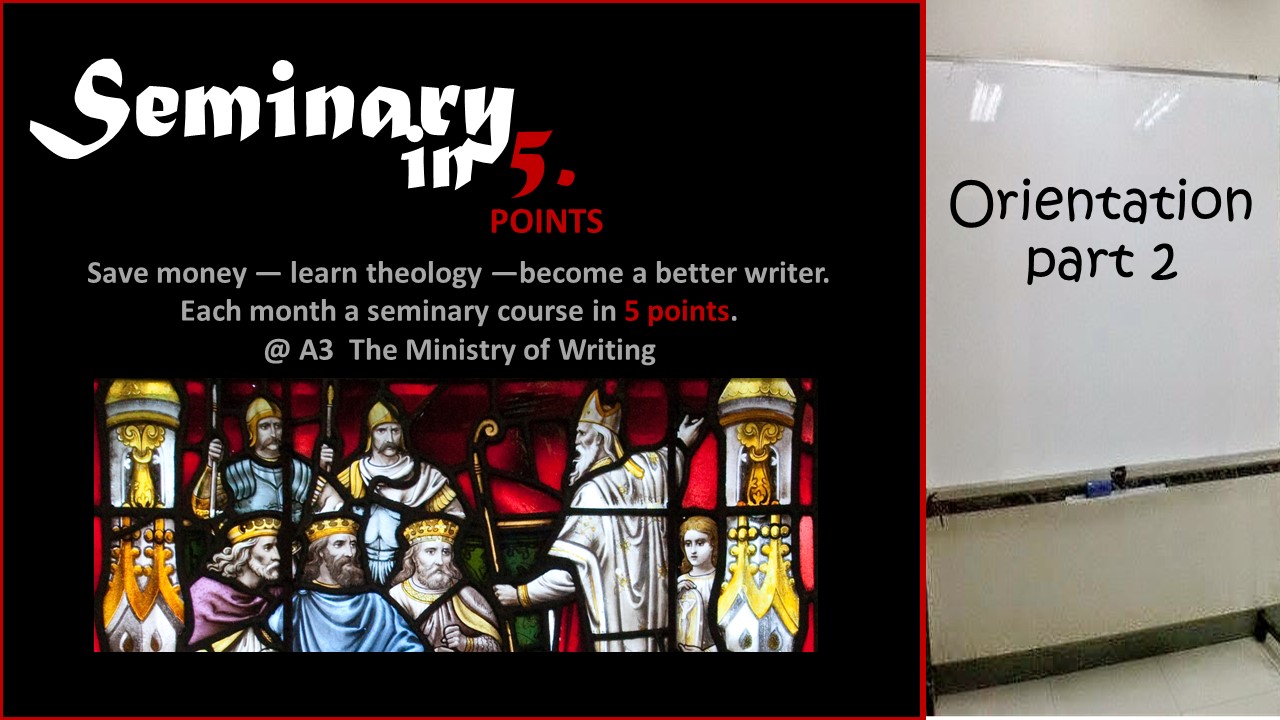When Life Imitates Art-Robert Whitlow
You’ve probably heard the phrase, “Art imitates Life.” This makes sense because every creative person, whether writer, painter,…
August 27, 2016You’ve probably heard the phrase, “Art imitates Life.” This makes sense because every creative person, whether writer, painter,…
August 27, 2016
Last month, we talked about what “publish-ready” means. This time, we’ll look at basic proofreading. Spell check in Microsoft Word or whatever…
August 26, 2016By Sarah Zuehlke Magazines. They come in a never ending stream of styles and forms. In spite of the…
August 25, 2016
Their are writing problems I’d like to talk about, weather your a seasoned writer or not. There problems that…
August 23, 2016
Welcome, Catherine. Tell us about your latest book, The Things We Knew When their tragic past begins to resurface, can…
August 19, 2016by Shelbey Webb At the young age of 10, as a 5th grader, I recognized that I loved to…
August 18, 2016
Elaine Marie Cooper “Be very careful, then, how you live—not as unwise but as wise, making the most of…
August 18, 2016
We discussed the first three suggestion to overcoming writing obstacles in an earlier blog. Run, walk, exercise – stir…
August 17, 2016
By Doug Peterson A funny thing happened on the way to learning how to write a screenplay. I wrote…
August 16, 2016
Last month we discussed various methods of communication in a fantasy realm. The general idea was that you can’t…
August 15, 2016
How we introduce our characters should be designed to create the reaction we want in our readers. Is the…
August 13, 2016
The president of our seminary used to tell us that we needed over 1,500 books in our personal library…
August 12, 2016
By: Terry Whalin Many people want to publish their writing. After working as a magazine editor for years plus…
August 11, 2016
Save money. Learn theology. Become a better writer. Minister more effective. That’s my hope for you. In this…
August 9, 2016
by Sandra Merville Hart Two months ago we talked about the author of Charlotte’s Web, E.B. White, and…
August 8, 2016
by Laura L. Zimmerman I went for a swim at 6:30 this morning. Okay, not really, but in my…
August 6, 2016
Flash Fiction Endings: Satisfy Me, Baby By: Teddi Deppner In fiction, readers are looking for a vicarious experience. Every…
August 5, 2016
Here at the café, I’ve received several questions on what a writer’s muse is and where writers can find…
August 3, 2016
For years daily rituals have fascinated me. Was there a secret to the creative energy found in writers, poets,…
August 2, 2016
Welcome, Jerry. We are honored to have you partner with us. Can you share a little about your recent book?…
August 1, 2016
Conferences: The Paid Critique So you’re thinking about attending a writers conference, or perhaps you’ve already registered for one.…
July 29, 2016
3-Step Plan for A SPEC-tacular Audience By now you have already noticed the play on words, and I’ll admit…It…
July 28, 2016
Bush hogging helps me clear my head (no—that’s not hunting wild hogs in the bush). It’s a farm implement…
July 27, 2016
The natural cascade soothed Mary and many days she walked by as she prayed and sought the mind of…
July 26, 2016
The setting sold us. A property with mature trees and a creek running behind it. Even in March, with…
July 25, 2016





